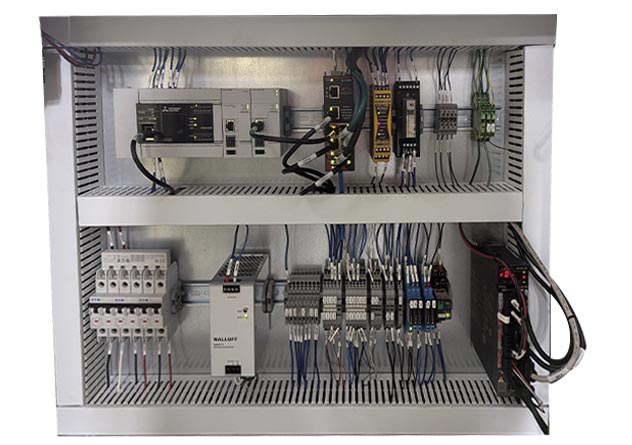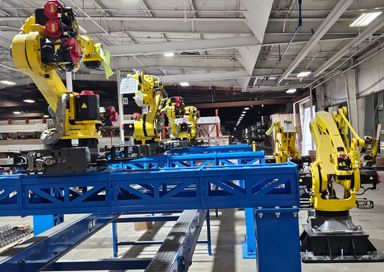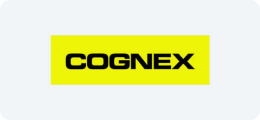Impetus to Invent
The cost of a recall can bring even the biggest companies to their knees. Truly, an ounce of prevention is worth a pound of cure in the world of automotive glass. By laser marking each piece of glass in the precise position, oven heat lot information can be stored related to the specific piece of glass. This way, objective evidence of proper heat treatment can be kept, and in the event of an issue, that data can be retrieved for analysis. As the glass comes into the field of view of the Invent Automation system, the camera system reads and validates all text and logos. Based on this read, the exact placement of the 2D matrix is identified and passed to the CO2 laser for part marking. Afterward, the 2D matrix is read, graded, and then correlated with the oven data of that piece of glass in a custom Invent Automation SQL database. In the event of a bad part, the part is sent to the rejection station for removal. A lot is going on, but it’s worth it!
Problem Solved
The marking on the glass had to be precisely located using machine vision, which then passed back the coordinates for printing. Then, a barcode grade and validation were gathered. And printed.
Lessons Learned
Modifying and working on a 500-foot line controlled by a Distributed Control System (DCS) is not child's play. We had to bring in the local Yokogawa specialist to ensure all the data passing was handled properly, with no errors and no downtime to the line.
What was Unique
Integrating into a mission-critical line producing a key component for one of the world's most popular cars is no joke and Commitment to quality is necessary at every stage.
What Was Challenging
Integrating our laser system and SQL database meant we had to communicate with several PCs and a DCS, and work hand in hand with a variety of highly specialized personnel.
















